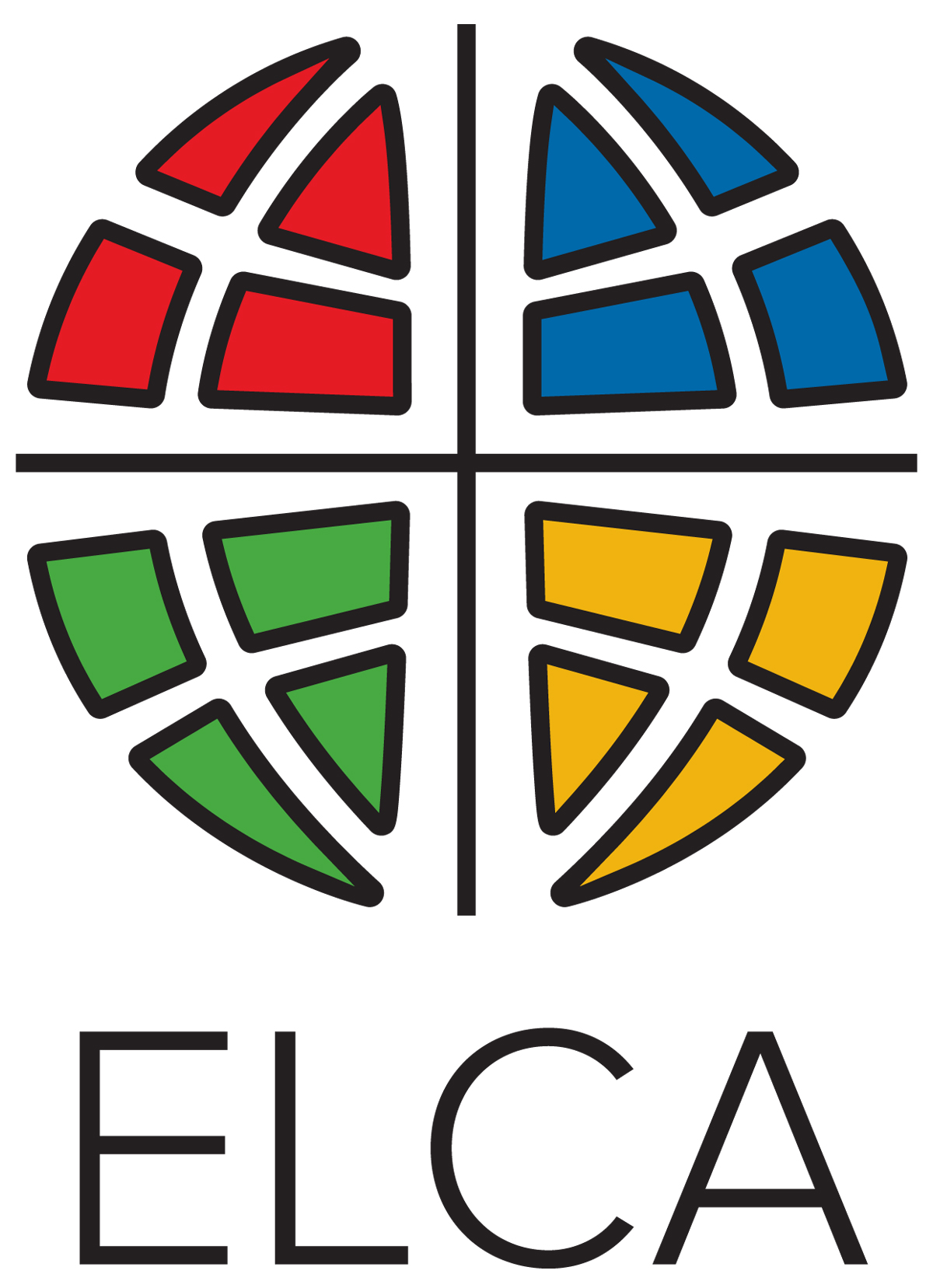Along the way in her Palm Sunday Debbie Jorgens reminded us of the image of the road, means of transportation in bible times and the significance they play in the Palm Sunday story.

Jesus’ triumphant ride from Bethany to Jerusalem on a donkey was about two miles. His mount, a donkey, not at all what was to be expected of a Messiah. Pontius Pilate, the Roman governor on the other hand likely chose a war horse, as befits a conquer, to ride about 54 miles from his home in Caesarea to keep the Passover crowds in Jerusalem under control and eventually that week preside over Jesus’ trial and execution— two different mounts, two different images, two different roads.
The image of the road plays large in the story of Jesus. Many passages find him on the road again— no offence to Willie Nelson intended. The followers of Jesus before they were known as Christians were known as followers of the way. I don’t think it’s a great stretch to see the way as a road.
This got me to thinking about a devotion I wrote last year for a booklet of Lenten meditations produced by the college from which I graduated— Midland Lutheran College (now university). In it I wrote about a habit of mine that sometimes got me into trouble. Perhaps some of you will be able to relate.
One of my greatest frustrations is driving down a highway or a back country road and coming across a sign that reads, road closed ahead. My first assumption is that means the road is closed for everyone but me. Accordingly, I would drive around the barricade — sometimes even using the road ditch to do so.
Occasionally I am able to get a couple miles until I find a bridge out or a big hole in the road where a culvert had been removed — awaiting a replacement..The reality of the sign hits me. The road is closed.
No matter why a road is closed and this sign is erected, the common element seems to be that there is something going on up ahead, something new is coming — a new way forward.
As Paul reminds us in I Corinthians 11:23-25 “…The Lord Jesus, on the night he was betrayed, took bread, 24 and when he had given thanks, he broke it and said, “This is my body, which is for you; do this in remembrance of me.” 25 In the same way, after supper he took the cup, saying, “This cup is the new covenant in my blood; do this, whenever you drink it, in remembrance of me.”
Jesus was saying, in effect, the road of the old way of pleasing God — the covenant of law and justice, the sacrificial system of the Old Testament is now closed. Something brand new has come in its place. Jesus says, “I am opening a new road and its road signs are my own body and blood as they are conveyed in the earthly forms of bread and wine.”
This is to be a new understanding of God’s grace. A new road is open. The old road is closed. That’s at the heart of the Easter message.



